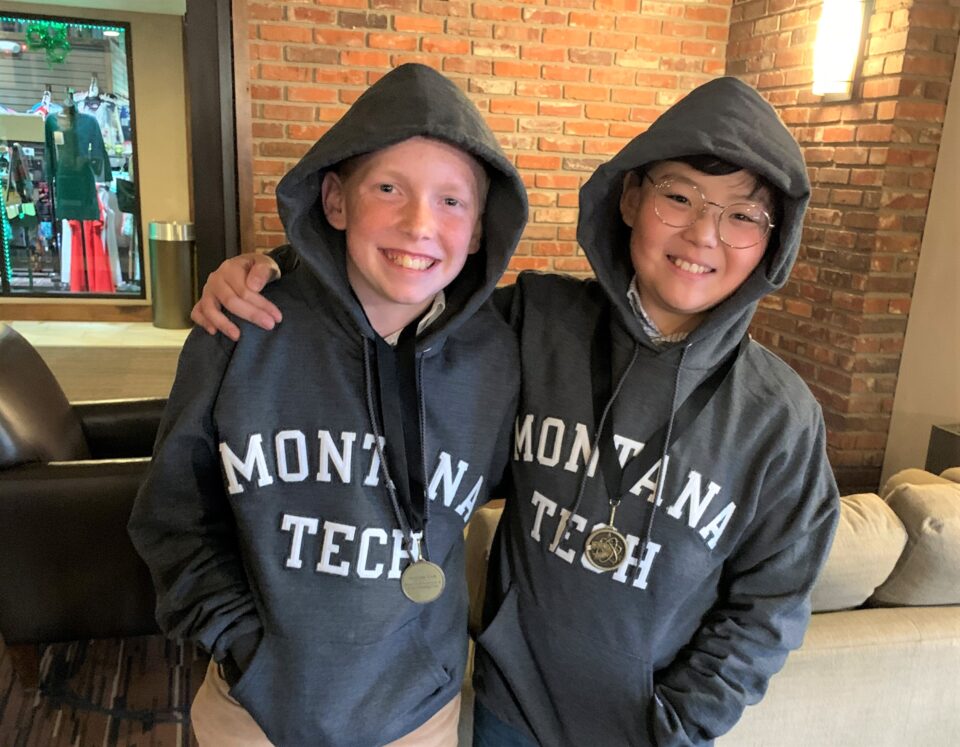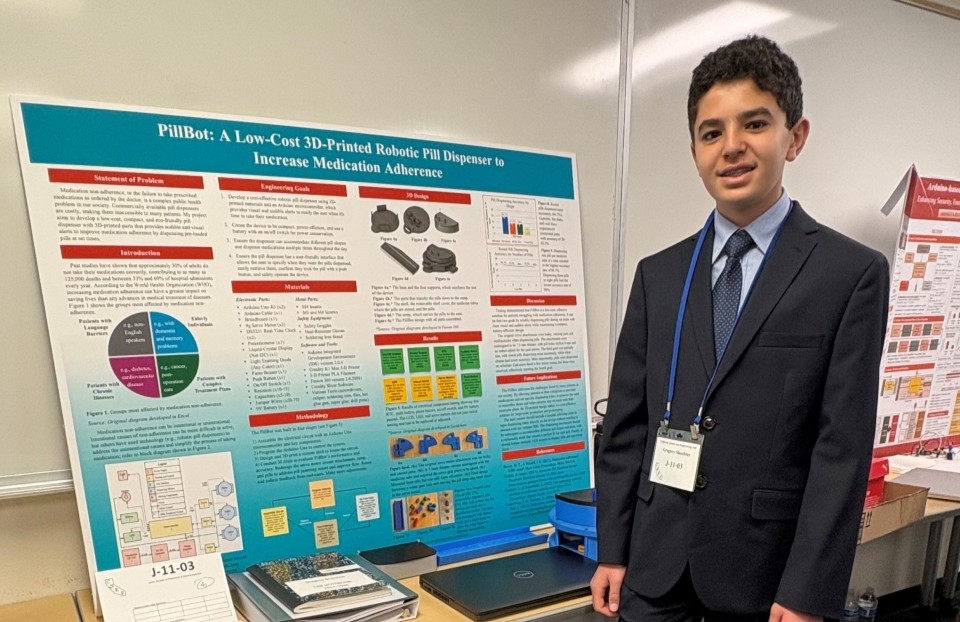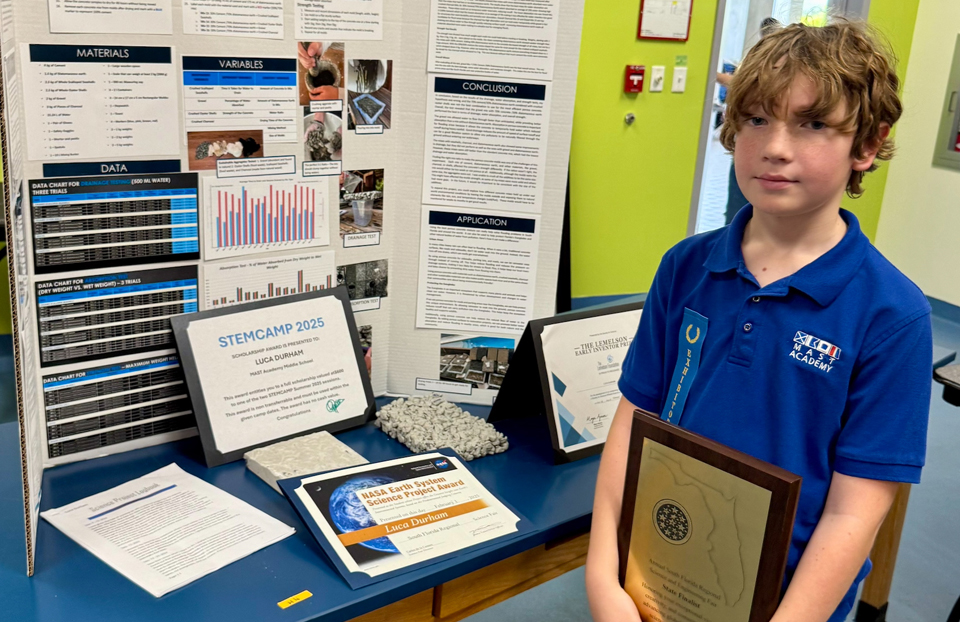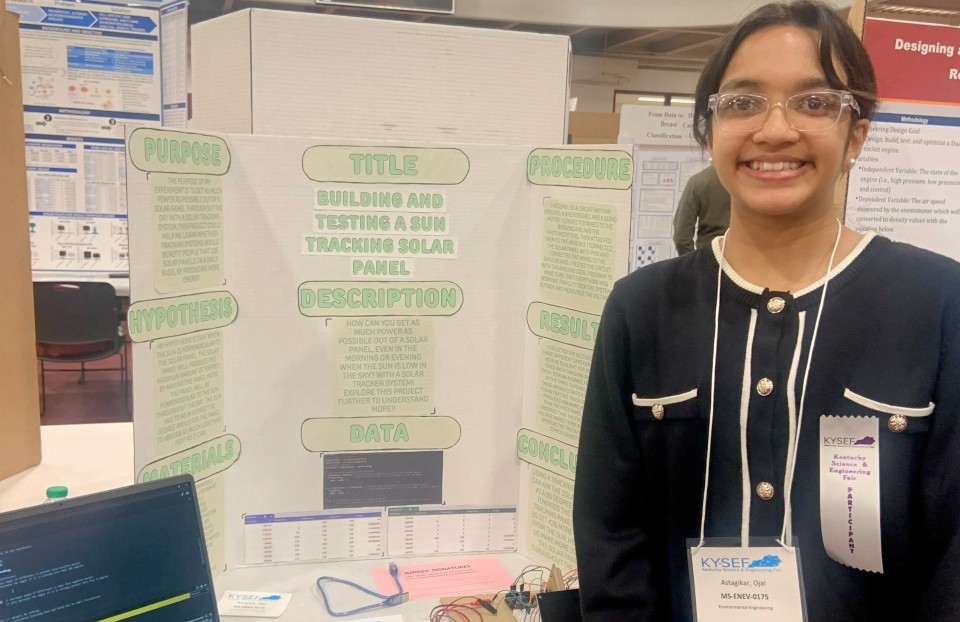Lemelson Foundation, Young & Amazing
Two middle schoolers use AI to sort LEGO

Last year, The Lemelson Foundation gave $100 awards to outstanding young inventors in Society Affiliate Fairs with middle school participants around the country. This is the second year of a three-year grant where young innovators will be recognized. The prize was especially created to reward young inventors whose projects exemplify the ideals of inventive thinking by identifying challenges in their communities and creating solutions that will improve lives.
It’s a problem most LEGO fans have had to contend with at one point or another: how can you easily sort through a mountain of LEGO to locate specific colors? Noah Kang was facing just this problem when his little sister asked him to build her a green LEGO plane. Noah shared that he thought to himself, ‘couldn’t a machine be doing this for me?’ as he dug through all his LEGO.
To solve the problem, Noah and his partner Jonah Wynee developed a Lego sorting machine they called the Bichromatic Brick Sorter using a Google site called Teachable Machine, which enables users to train a computer to recognize images, sounds and poses. No extensive knowledge of coding was required.
Thanks to their Birchromatic Brick Sorter, Jonah and Noah together won the Lemelson Early Inventor Prize at the 2020 Montana Tech Regional Science and Engineering Fair last March.
Together, they adapted a machine detailed on the Teachable Machine website called a Tiny Sorter by modifying the code and the body of the machine. Their first prototype was developed using a blueprint they found online, which helped them build a machine that would feed LEGO down a ramp, to a laptop camera, which would then identify the characteristic of the brick and sort the LEGO into one of two containers.
Thanks to information shared on the Teachable Machine website, Noah and Jonah also were able to use artificial intelligence to train their model to sort LEGO by color, size or shape. The boys also used Arduino software for that portion of their project. They uploaded pictures of different colored LEGO to train their machine to recognize them and distinguish between red and green bricks.
As with most scientific endeavors, “this process didn’t always go smoothly,” Noah and Jonah reported. They went through several prototypes, changing materials as well as the size of their ramp. Their STEM teacher also helped them resolve problems with their coding.
Jonah said that their favorite part of the project was spending time with their STEM teacher and learning about artificial intelligence. In fact, they also hoped the machine could be used to help their STEM teacher sort her LEGO by color to save her time while enabling kids to play with them more easily.


